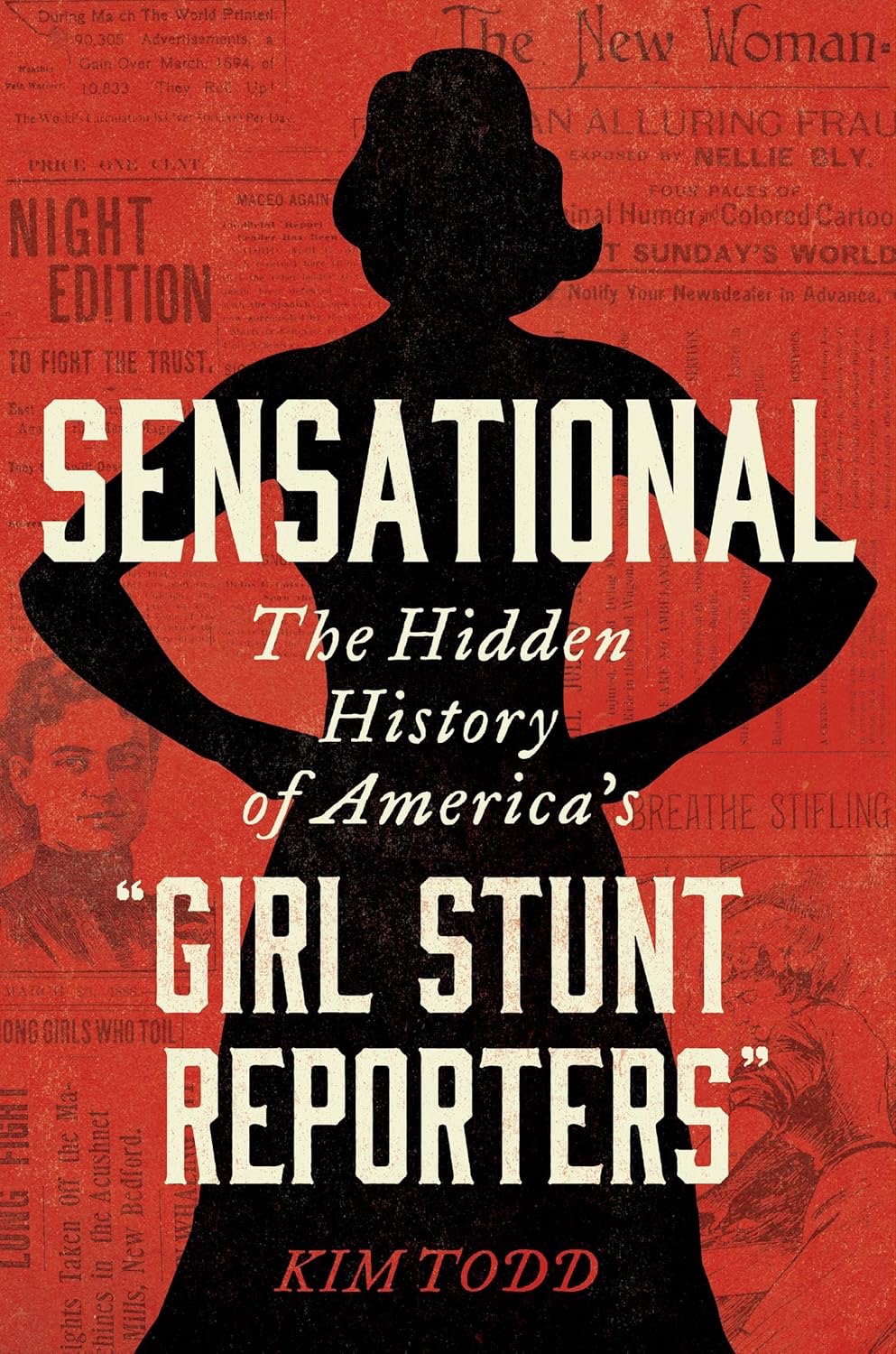Like any good protagonist, the girl stunt reporter possessed foils and shadow selves. “In their use of deception and disguise,” Todd argues, Bly, McDonald, and their ilk mirrored “the rise of the private detective.” But there was a closer parallel: the actor. Female journalists occasionally honed their skills in the theatre—McDonald was recruited to the St. Paul Globe after her turn in a local stage production—and Todd lavishes attention on how her subjects costumed and packaged themselves. Winifred Sweet, a one-time thespian who became the toast of the San Francisco Examiner, adorned “her head with towering constructions of feathers and velvet”; Bly showed up to a job interview in “a floor-length silk cape and a fur turban,” which “projected, if not grandness, at least the idea of grandness.” And yet Todd seems to brush past the deeper link between her subjects and the theatre. These women were given a platform and a voice, but only if they obeyed the script that men provided them. McGuirk, for instance, performed the part of the high-spirited heroine, daring to sit in an electric chair, but her opinions about capital punishment were secondary, if not entirely irrelevant.
This not-quite-omission gets at a larger dynamic in the book. Todd is having fun with her material. She palpably enjoys the color of a more formal era—the voice of William Randolph Hearst, according to one of his colleagues, was “the fragrance of violets made audible”—and the book’s own tone absorbs some of its characters’ can-do corniness. (“If there was a beehive to be poked with a stick,” Todd writes, “McDonald wasn’t going to stand around eating store-bought honey.”) But, at times, the scholar’s perspective feels inseparable from that of her subjects. Did McDonald really try to find work as a schoolteacher, only to be rejected as “too scrawny,” at which point an editor who admired her acting knocked on her door? An author’s note advises that, “as required by their profession, some of these journalists could be quite self-mythologizing. Unless I have evidence to the contrary (such as a census record showing a woman couldn’t have been born when she said), I take them at their word.”
“Sensational,” then, explicitly buys into the girl reporters’ own empowerment narrative. The result doesn’t seem wrong, exactly—just incomplete. Todd makes a convincing case that these journalists’ undercover efforts presaged Barbara Ehrenreich, Mara Hvistendahl, and Suki Kim, for example, and that their direct, inventive style foretold Tom Wolfe. But, reading the book, I also thought of a less reputable phenomenon: the personal-essay industrial complex. Like Internet confessionals, which often traffic in aestheticized female trauma, girl stunt reporting profited from the spectacle of a beautiful woman in danger. It turned narrators who lacked social clout into curiosities. Maybe these reporters weren’t interested in expressing their souls; maybe they enjoyed the artifice. Still, it’s hard to look at the indignities of the gig—the occasionally exploitative gimmicks, how one writer tended to blend into the next—and not feel a flinch of recognition.
